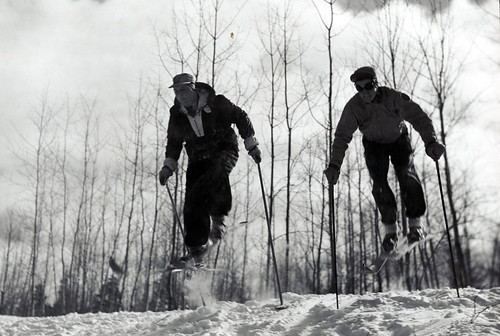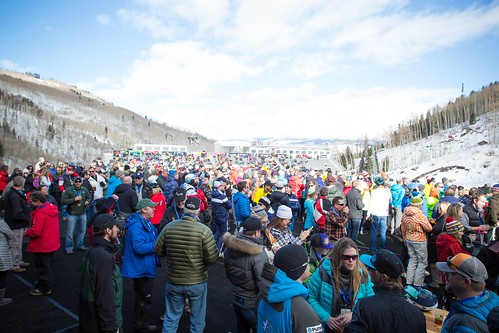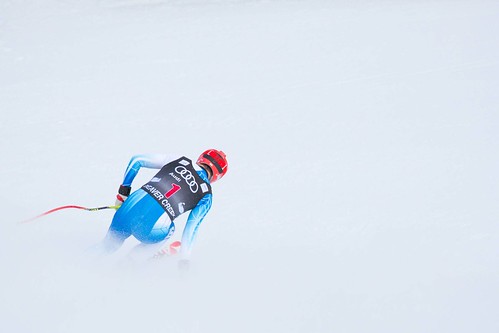
There is an amazing partnership happening on public lands across this country, and it’s been ongoing for nearly a century.
You may not know that large private companies operate ski resorts on your national forests and for that reason the U.S. Forest Service has snow rangers across the country responsible for a myriad of jobs on different national forests. Snow rangers may issue backcountry avalanche advisories or assist the ski resorts with the development of summer activities. Snow rangers coordinate other recreation events like extreme races, while balancing proposals for new chairlifts, restaurants, and snowmaking lines. The duties are endless and dynamic.
I have the fortunate opportunity to serve as a snow ranger for the White River National Forest in Colorado, upholding a long-standing legacy that was started by Montgomery Atwater, the first snow ranger at Utah’s Alta Ski Resort in the 1940s. In the beginning snow rangers existed to mitigate avalanches and provide a safe winter experience for national forest visitors. Today, that original mission holds true but the job has become much more complex – and equally as fun.

My forest is the second national forest in the nation’s history and the most-visited among the 154 other national forests. The White River has 12 ski resorts operating with permits within its boundaries. The White River is truly a winter playground and a premier destination for skiers and snowboarders from around the world.
Next month, for the third time in history, the forest will play host to some the best athletes in the world at the International Ski Federation’s Alpine World Ski Championship in Vail, Colorado. These athletes will use the forest as their extreme course to compete for the title. A rare event on public land, this is truly a unique benefit of our national forests.

So what does a typical day hold for a snow ranger during such a world class event? I start off the day at Beaver Creek Resort by standing at the finish, an area that bustles with smiling volunteers and staff. From where I stand, I can observe the skier flow at the bottom of the Larkspur and Grouse Mountain Express chairlifts and make mental notes for safety.
From there, my morning commute to the office isn’t by car but by chair lift. In addition to supporting the race venue, attending event safety and logistics meetings, my day will involve the investigation of boundary issues above Stone Creek before another meeting to discuss a proposed snowmaking expansion on the Centennial run. Everyday my job involves interacting with the public, partners, and those who operate with permits on the White River National Forest. Sliding off the chair, I turn and look across the valley at the Gore range in the Eagles Nest Wilderness then down to the grandstand 2,000 feet below.
The contrast resonates inside me. Managing ski area permits helps conserve our national forests and ensures quality recreation experiences for the American people. My job as a snow ranger embodies the core value of the Forest Service motto “Caring for the land and serving people.”

